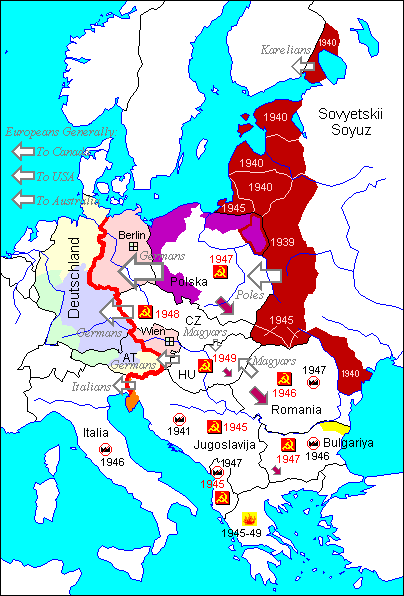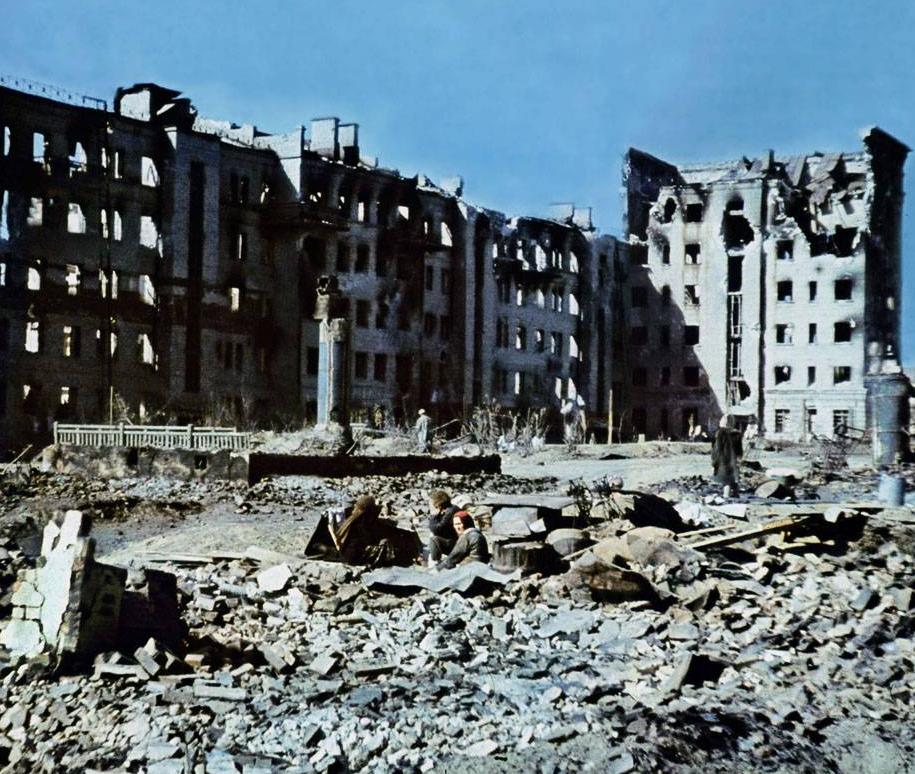


The causes of all these wars and atrocities have been heavily disputed between historians, and impartiality is often difficult to find. These include the victims of the Armenian genocide in Turkey (1915, around 1 million killed), the victims of Stalin’s Great Purge (1937–1938, around 1 million killed), and the victims of Franco’s regime in Spain and of communist regimes in Yugoslavia, Romania and other communist countries in Central-eastern Europe (between 100,000 and 200,000 each). In addition, the 20th century also counted huge numbers of deaths due to state-based violence against civilians that was not or less directly war-related. With a 1940 population of 550 million people, this implies a 7.5% death rate for Europe as a whole.
#WW2 AFTERMATH DISEASER PLUS#
Here again estimates differ wildly, but if we again take a conservative estimate, leaving out indirectly war-related deaths, we find some 14 million military killed in action or dead of wounds, plus some 27 million European civilians killed by states, including Jews killed in the Holocaust. These numbers almost dwindle, however, when compared to the numbers of deaths caused by World War ii. With a population of around 400 million people, this implies a 2.5% death rate for Europe as a whole. The conservative estimate of 10 million deaths includes 8.5 million military deaths plus 1.5 million civilians killed in hostilities on the Eastern front or dying as a result of food blockades. Estimates of deaths caused by World War i vary enormously, depending on the source and on whether indirectly caused deaths have been included, between 10 and 40 million. At that time, the population of Europe counted around 200 million people, which implies that a staggering 1% of the entire European population perished in this war.Ĭlearly, however, the 20th century was the most deadly of the three.

Both caused hundreds of thousands of deaths – substantially less than the great war of the 17th century, i.e., the Thirty-Years War which caused an estimated 6 million deaths – but disastrous nonetheless.īetween the early 18th century and the early 20th century several more wars occurred, of which the most devastating were the combined French Revolutionary Wars (1792–1802) and the Napoleonic Wars (1803–1815), in which France stood opposed to many other European states, and which together caused 2 million deaths.

The 18th century started with the War of the Spanish Succession (1701–1714, involving Britain, the Dutch Republic, Austria, Spain, Portugal, France and Savoy) and the Great Northern War (1700–1721, mainly between Sweden and Russia, but also involving Denmark, Poland-Lithuania, various German states and the Ottoman empire). Nevertheless, the trends are pretty clear (see Suppl.
#WW2 AFTERMATH DISEASER REGISTRATION#
Counting these numbers is far from straightforward, not only because vital registration systems are often interrupted in war-time, but also because wars cause many more deaths than the military casualties that can readily be identified, and because it is difficult to draw a line between more and less strictly war-related deaths. Let’s first look at the number of war-related deaths. Military historians have identified a long-term trend since the Middle Ages of decreasing frequency but increasing severity of war: since 1500, war between the great European powers gradually became less frequent, but at the same time more devastating, until the death toll peaked in the 1940s and interstate war almost stopped completely. What long-term trends in the occurrence of war look like, strongly depends on how we count wars: as events, with each single war counting as one, or as the number of war-related deaths.


 0 kommentar(er)
0 kommentar(er)
